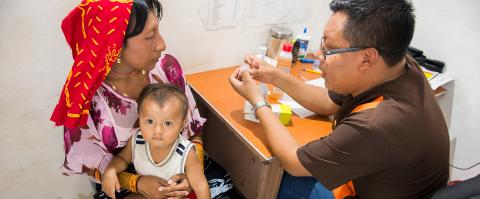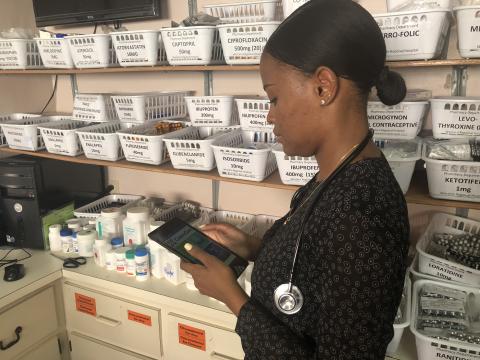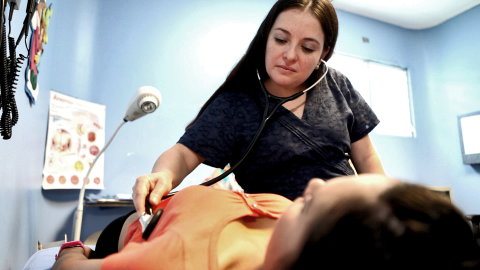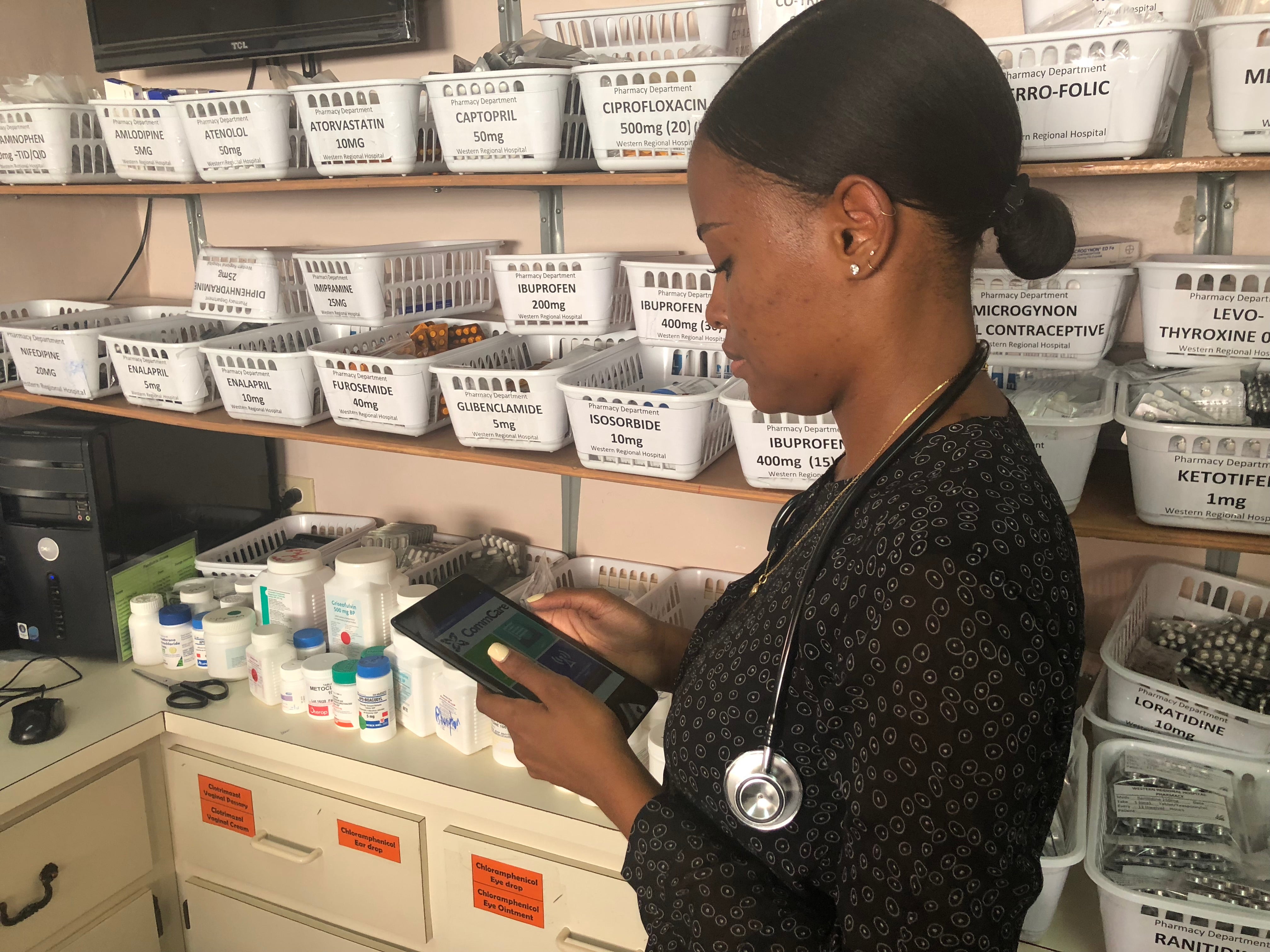Supply Chain Management
A well-designed, well-executed, and well-maintained supply chain management system is essential to the successful function of a robust health system. The principle objectives of supply chain management are to generate value, build a competitive infrastructure, leverage global logistics, synchronize supply with demand, and measure performance. These objectives are achieved through the careful design, execution, control, and monitoring of supply chain activities.[1] Several distinct stages make up the logistics cycle pictured below. Each activity in the cycle is interdependent on the efficient function of the other activities.
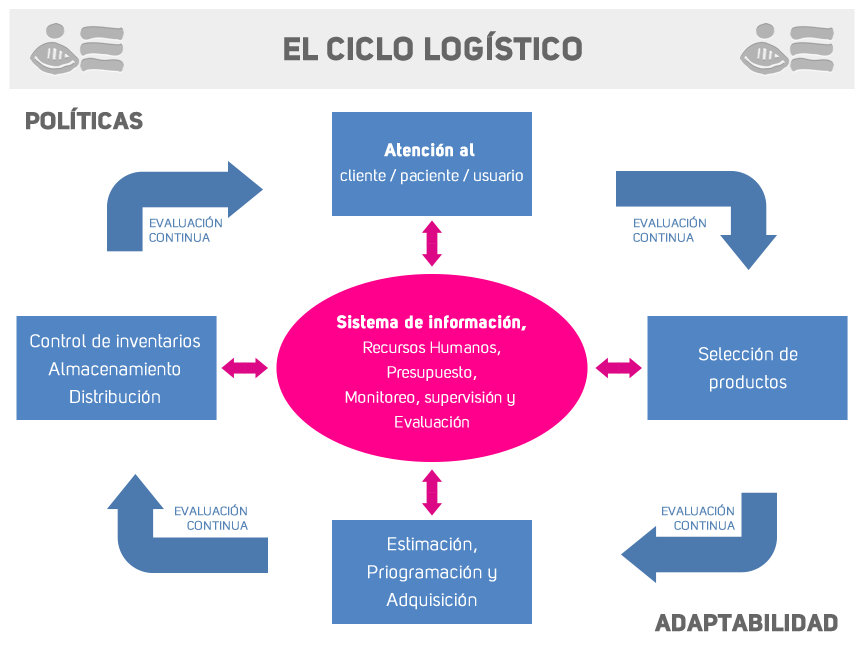
This toolkit provides resources pertaining to the many stages of the logistics cycle, including the design, implementation, and operation of supply chain management systems. Each of the cycle’s activities is explained in the modules of the toolkit presented below:
- Product selection
- Quantification and programming
- Procurement
- Inventory management
- Storage
- Distribution
- Logistics management information system
- Training and human resources
- Implementation, monitoring, and evaluation
Additional topics including organization, staffing, budget management, and supervision are also discussed. There are several different types of materials available, including programmatic guides, presentations, and resources detailing country-level experiences. This toolkit is intended for logisticians, program managers, policymakers, and health system stakeholders that have an interest in learning more about supply chain management.
